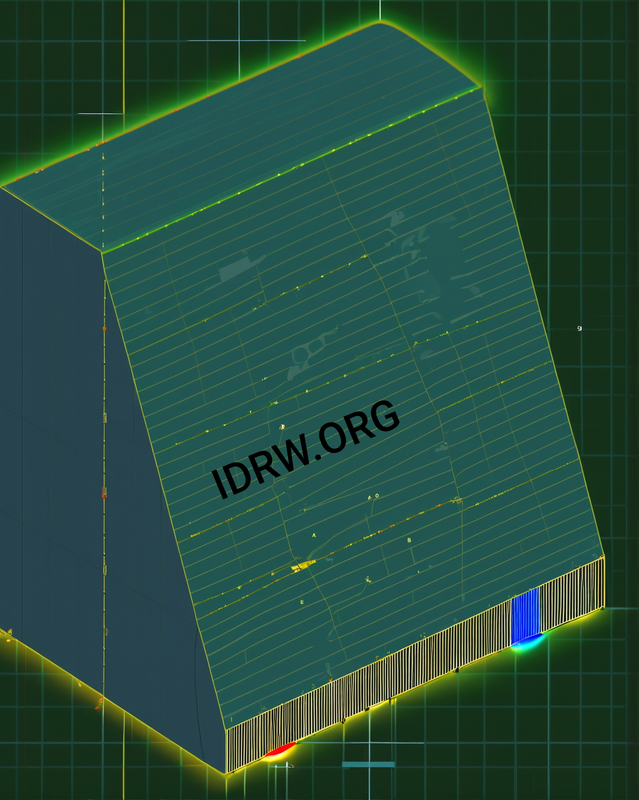SOURCE: IDRW.ORG TEAM

The Indian Space Research Organisation (ISRO) is developing a Space Debris Radar with over 70% indigenous content, marking a significant step towards ensuring the safety of India’s expanding space assets. This radar system is designed to track and monitor space debris, a growing threat to satellites, space stations, and other orbital installations.
As space becomes increasingly congested, the risk posed by debris—ranging from defunct satellites to fragments from past collisions—has become a major concern for spacefaring nations. These objects, often traveling at high velocities, can cause catastrophic damage to operational spacecraft, leading to the loss of valuable equipment and scientific missions. ISRO’s initiative to develop a Space Debris Radar showcases India’s commitment to enhancing the sustainability and safety of its space endeavors.
With India launching numerous satellites for communication, navigation, and scientific purposes, the threat posed by space debris cannot be underestimated. This radar will help ISRO track debris in real-time, giving the organization the ability to maneuver satellites or take other precautionary measures to avoid collisions.
Key Specifications of ISRO’s Space Debris Radar
The Space Debris Radar, under development, is a highly advanced system that incorporates cutting-edge technologies to offer precise and effective debris tracking. Below are its main specifications:
Simultaneous Tracking Capacity: The radar is capable of tracking more than 50 objects simultaneously, making it highly efficient in monitoring multiple debris threats at once.
Frequency Band: The radar will operate in the Ultra-High Frequency (UHF) band, ideal for long-range object detection and providing robust performance in space debris monitoring.
Signal Processing: It features Element Level Digital Beamforming (DBF), an advanced technology that enhances the radar’s ability to form multiple beams simultaneously, improving its capacity to track multiple objects in real-time.
Antenna Size: The radar will be equipped with a large antenna array measuring 40m x 40m, enabling the system to detect even small objects from significant distances.
Target Range: The radar can track space debris as small as 10 cm at distances up to 2,000 kilometers, providing early warning for potentially dangerous debris.
Maximum Range: The system is capable of detecting debris at ranges as far as 8,000 kilometers, extending its monitoring capabilities across a large section of orbital space.
Range Accuracy: The radar offers a range accuracy of 30 meters at a distance of 2,000 kilometers, ensuring precise tracking and location of debris objects.
NOTE : Article cannot be reproduced without written permission of idrw.org in any form even for YouTube Videos to avoid Copy right strikes. Websites doing illegal reproductions will get DCMA and Legal Notices.